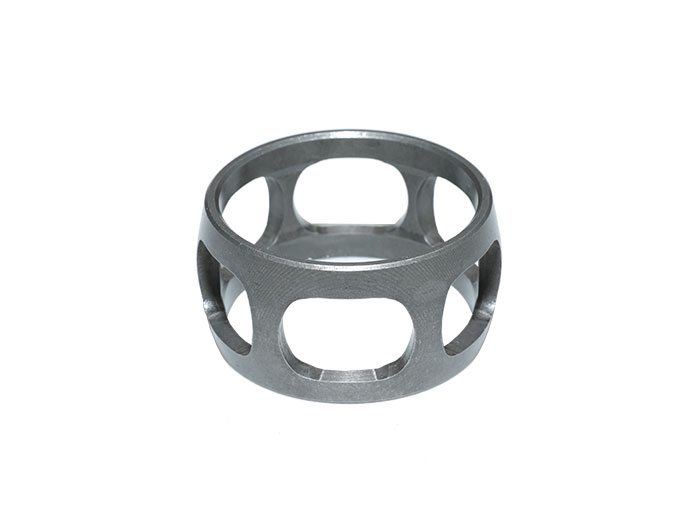Angular Contact (AC) Constant Velocity (CV) joints represent a significant advancement in automotive drivetrain technology, offering numerous advantages in terms of handling, torque transmission, and durability. These joints have revolutionized the way power is transferred from the engine to the wheels, leading to improved overall vehicle performance and reliability.
Handling Advantages:
One of the primary advantages of using Angular Contact CV joints in vehicles is the enhanced handling they provide. Traditional CV joints have limitations in terms of the angle through which they can operate while still maintaining efficient torque transfer. In contrast, Angular Contact CV joints are designed to accommodate higher operating angles, allowing for greater maneuverability and smoother cornering.
In vehicles equipped with front-wheel drive or all-wheel drive systems, angular contact design allows the CV joints to maintain a more consistent torque distribution across varying steering angles. This contributes to improved traction and stability, particularly during tight turns or challenging road conditions. As a result, drivers experience enhanced control over the vehicle, reducing the likelihood of understeer or oversteer situations.
Torque Transmission Efficiency:
Angular Contact CV joints excel in transmitting torque efficiently across a broad range of angles. The unique design of these joints ensures optimal contact between the ball bearings and the raceways, even at higher angles. This characteristic minimizes power losses and maximizes torque transfer to the wheels, which is especially crucial for vehicles with demanding performance requirements.
Traditional CV joints often exhibit increased friction and reduced torque transmission efficiency as the angle of operation increases. This limitation can lead to energy wastage, reduced fuel efficiency, and increased wear on drivetrain components. Angular Contact CV joints mitigate these issues by maintaining a consistent contact pattern, resulting in improved power delivery and overall performance.

Durability and Longevity:
Durability is a cornerstone of Angular Contact CV joints. The improved design of these joints reduces stress concentrations and wear points, contributing to increased longevity and reliability. The smooth and efficient torque transmission across various angles minimizes the generation of excessive heat and friction, which are common culprits behind premature component failure.
Moreover, the increased range of motion that
Angular Contact CV joints offer is advantageous in off-road vehicles and those designed for rugged terrain. These joints can handle the articulation required for navigating uneven surfaces without sacrificing performance or compromising the integrity of the drivetrain.
Additionally, the durability of Angular Contact CV joints has a positive impact on vehicle maintenance costs. With fewer instances of joint failure, owners experience reduced downtime and fewer replacement and repair expenses. This not only benefits individual vehicle owners but also has implications for fleet operators and commercial vehicle owners seeking to optimize operational efficiency.
Reduced Vibration and Noise:
Angular Contact CV joints also contribute to a quieter and smoother driving experience. Traditional CV joints may generate vibration and noise when operating at extreme angles, impacting ride comfort and driver satisfaction. In contrast, the consistent contact geometry of Angular Contact CV joints minimizes vibrations and noise, leading to a more refined and enjoyable driving experience, even during demanding maneuvers.
The adoption of Angular Contact CV joints in vehicles marks a significant advancement in drivetrain technology, offering a host of advantages in handling, torque transmission, durability, and overall performance. Their ability to accommodate higher angles while maintaining efficient torque transfer leads to enhanced maneuverability, improved traction, and better control during cornering. Additionally, the optimized design of these joints reduces wear, increases longevity, and contributes to lower maintenance costs. The reduction in vibration and noise further enhances the driving experience, making Angular Contact CV joints a crucial innovation in the pursuit of superior automotive performance and reliability. As the automotive industry continues to evolve, the widespread adoption of Angular Contact CV joints underscores their pivotal role in shaping the future of vehicle design and engineering.
